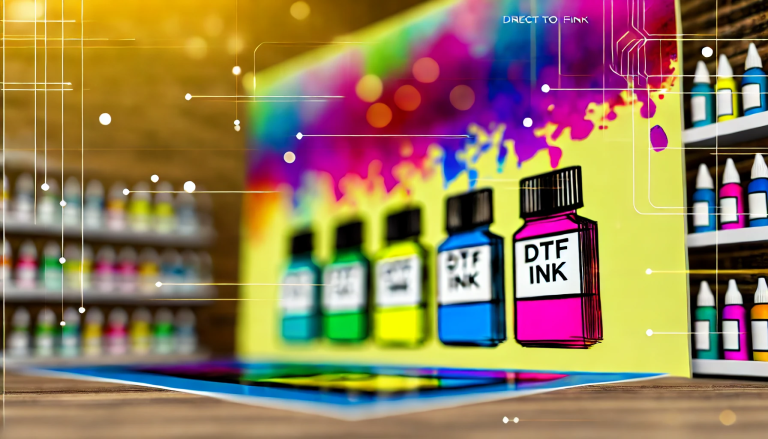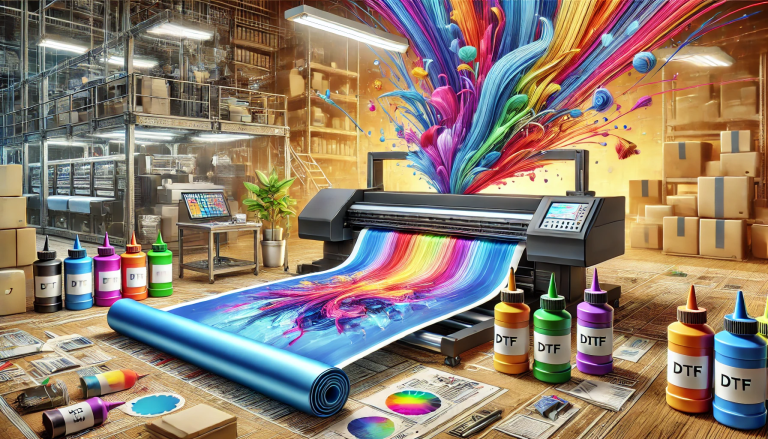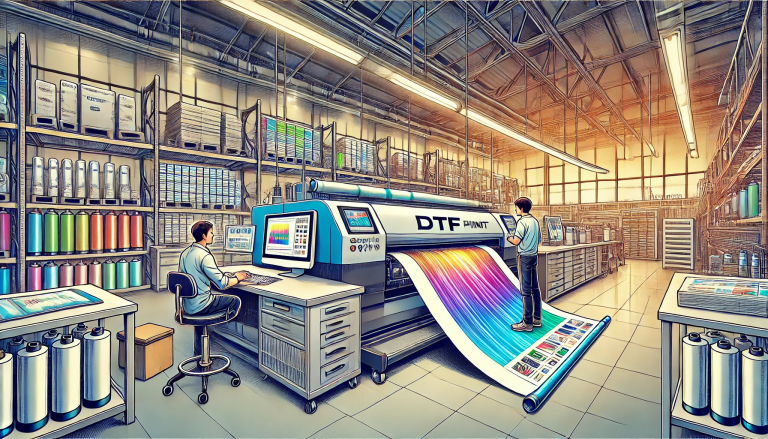“Exploring the Compatibility of Sublimation Ink on UV DTF Film” -MAXDTF- China UV DTF Transfer AB Paper, UV DTF Printing Paper Manufacturer, Made in China
Introduction
In the world of printing technology, innovations never cease to amaze us. The constant evolution of techniques and materials often leads to unique possibilities and unexpected intersections. One such intriguing intersection is the use of sublimation ink on UV DTF (Direct-to-Film) film. While each of these technologies has its distinct applications, there arises the question: Can you use sublimation ink on UV DTF film? In this blog, we will delve into the compatibility of sublimation ink on UV DTF film, exploring its potential advantages, challenges, and real-world applications.
Understanding Sublimation Ink and UV DTF Film
Before we delve into the compatibility of these two printing technologies, let’s briefly understand what sublimation ink and UV DTF film are.
- Sublimation Ink: Sublimation printing is a process where solid ink is transformed into a gas using heat and pressure. The gas then penetrates the fibers of polyester-based materials, creating a permanent, vibrant, and full-color print. Sublimation is commonly used for textiles, garments, mugs, and other items.
- UV DTF Film: Direct-to-Film printing is a technique where an image is printed directly onto a film, which is then transferred onto the desired surface using a UV-curing process. This method is frequently used for printing on rigid surfaces like glass, plastic, and ceramics.
Compatibility and Potential Advantages
While sublimation ink and UV DTF film were initially developed for different applications, there are scenarios where their compatibility might be explored. Let’s discuss some potential advantages:
- Versatility: UV DTF films are known for their ability to adhere to various surfaces, and sublimation ink could potentially offer an extended range of colors and design possibilities.
- Print Quality: Sublimation ink is renowned for producing high-quality, photorealistic prints. By combining this ink with UV DTF technology, one could achieve intricate and visually appealing designs on unconventional surfaces.
- Durability: Sublimation ink is known for its long-lasting prints, which are resistant to fading, making it an attractive option for applications where UV DTF films are used.
Challenges and Considerations
While the potential advantages are enticing, there are several challenges and considerations to bear in mind:
- Adhesion: Sublimation ink is designed to bond with polyester fibers, and achieving proper adhesion to non-textile surfaces through UV DTF film may require testing and adjustments.
- Curing Process: Sublimation requires heat to transform the ink into a gas, while UV DTF relies on UV light for curing. The two processes have different temperature and light requirements, which might complicate the compatibility.
- Ink Formulation: Sublimation ink is formulated specifically for sublimation printing, and its chemistry may not be optimized for UV DTF film applications.
Potential Applications
Despite the challenges, there are intriguing applications that could benefit from the combination of sublimation ink and UV DTF film:
- Customized Electronics: Sublimation-compatible UV DTF films could enable the creation of custom designs on electronic devices like phone cases, laptop covers, and gaming consoles.
- Promotional Products: Combining sublimation ink’s vibrant colors with UV DTF’s versatility could yield eye-catching promotional items like branded water bottles, keychains, and USB drives.
- Interior Decor: The marriage of sublimation ink and UV DTF film could lead to stunning, customized designs on glass panels, ceramic tiles, and acrylic surfaces for interior décor applications.
Conclusion
The compatibility of sublimation ink on UV DTF film opens a realm of possibilities for creative and innovative printing applications. While challenges related to adhesion, curing, and ink formulation exist, the potential advantages make this exploration worth considering. As technology continues to evolve, it wouldn’t be surprising to witness a fusion of these two distinct printing techniques, revolutionizing the world of customization and design.





